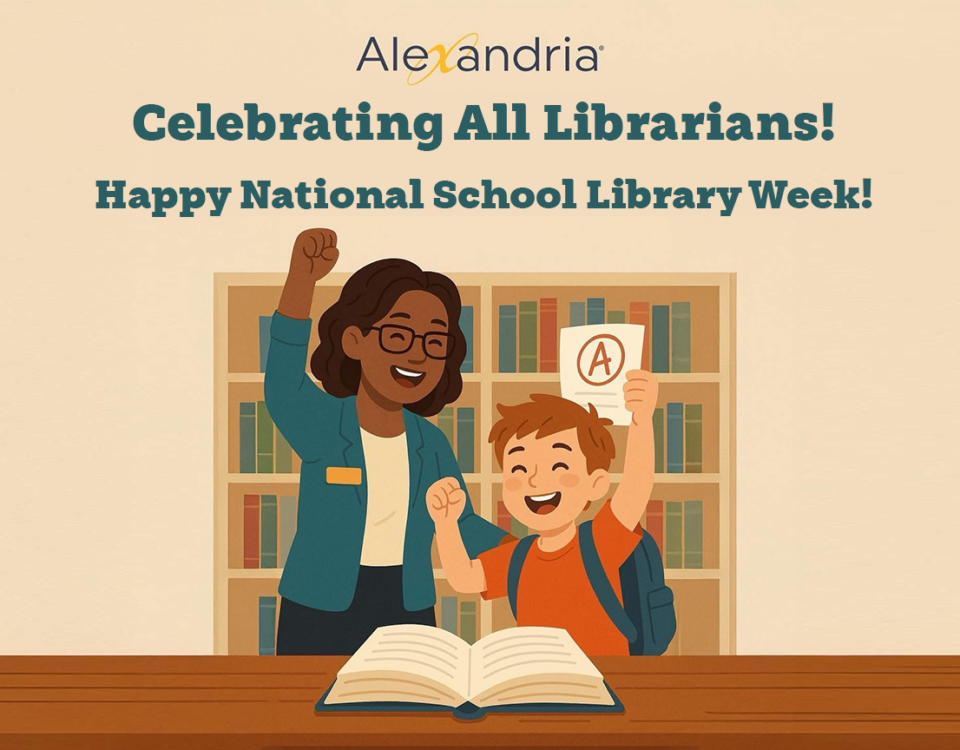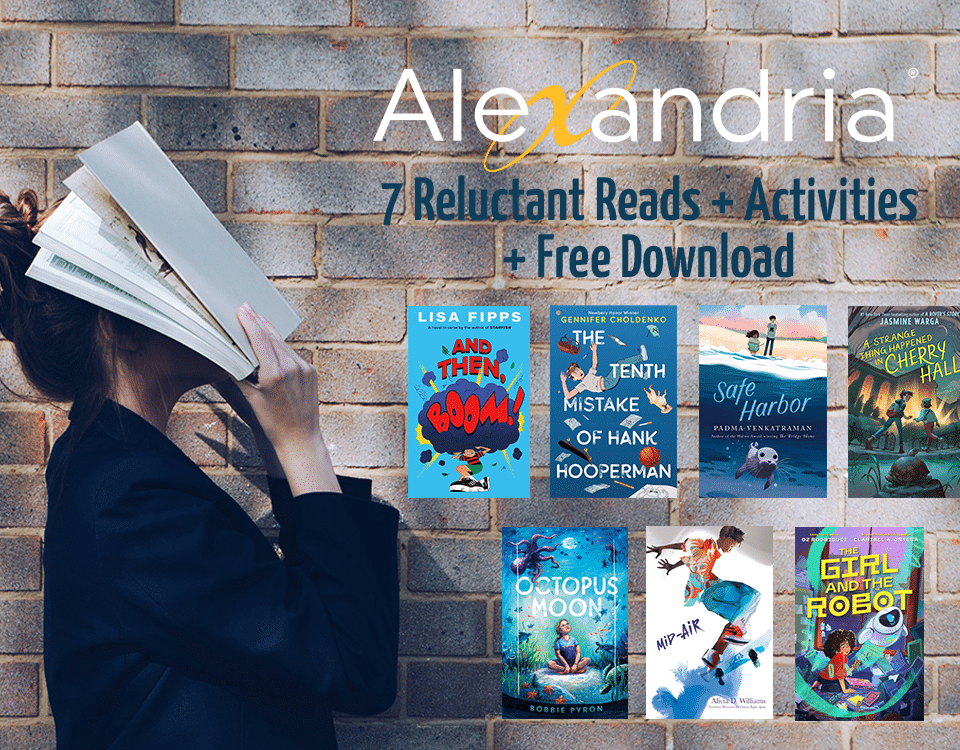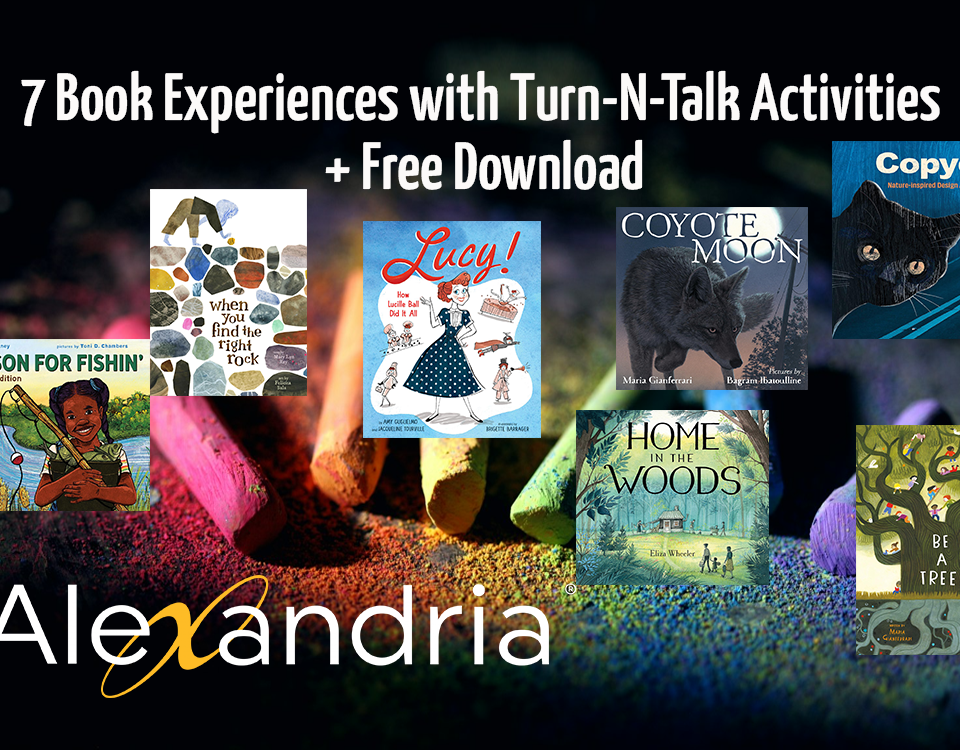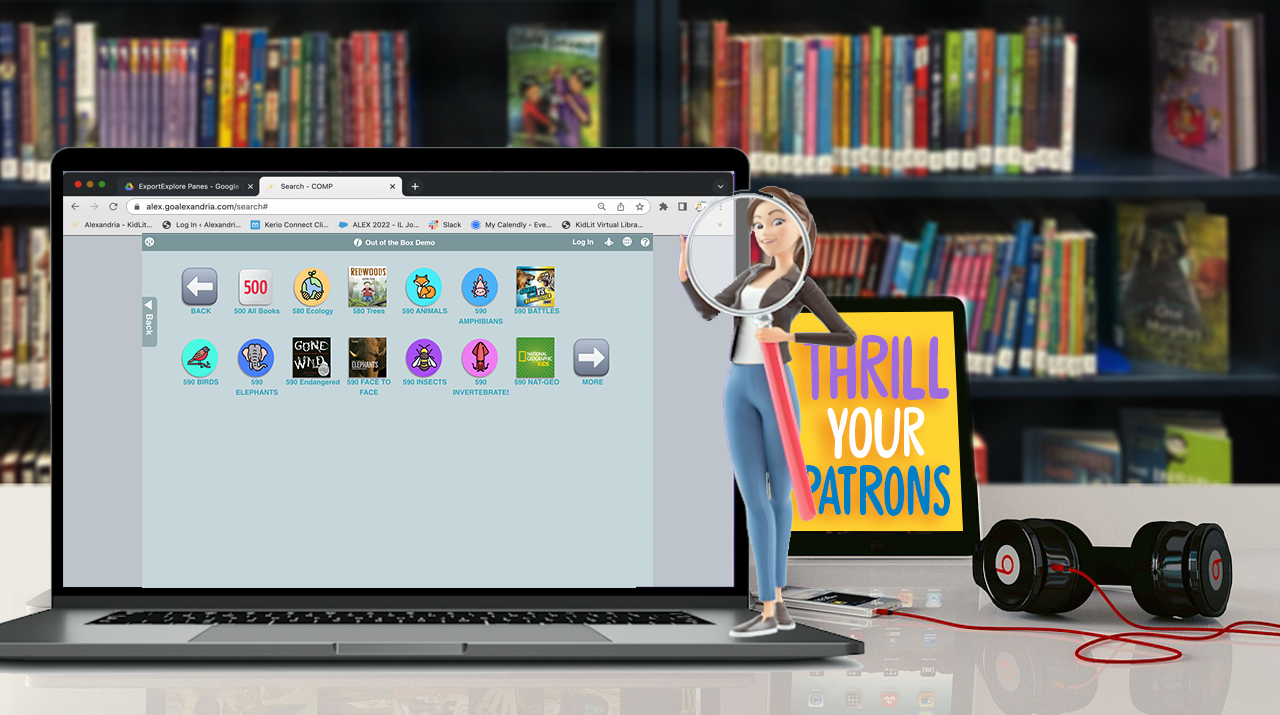
Protected: Explore Explore Builder PD Session
April 23, 202412 Graphic Novels that Will Inspire Readers
April 30, 2024Celebrating Librarians: Watch Them Collaborate, Improve Reading & Teach
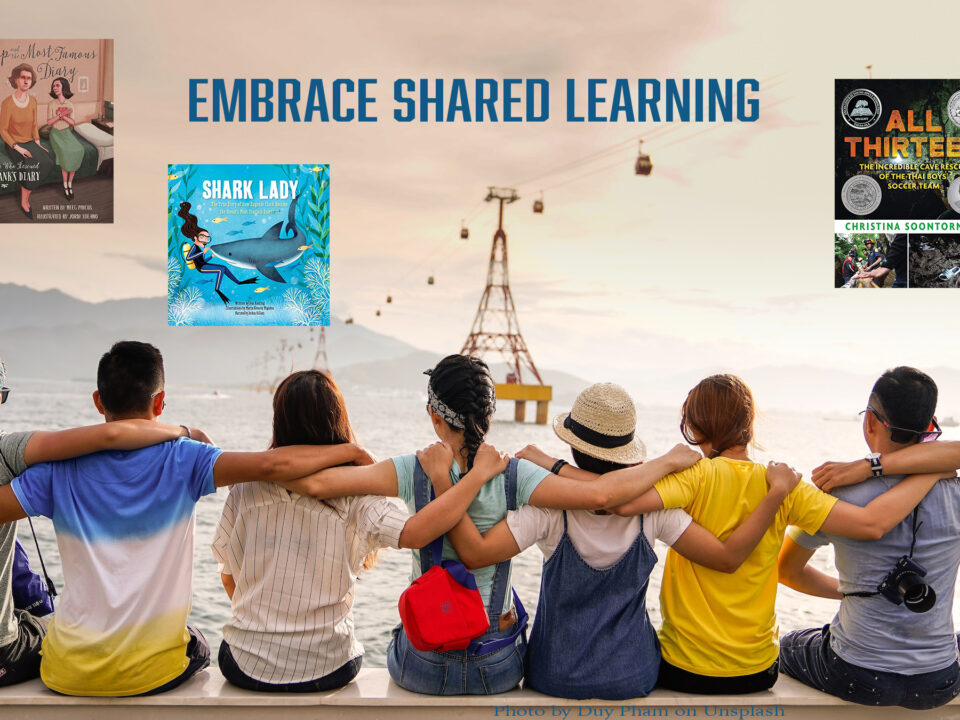
WE MUST VALUE LIBRARIANS & TRULY CELEBRATE THEM. We might also take a play out of the publishing playbook by thinking about how they embrace shared learning. Let's applaud and watch them do so much more than we believe possible. We might really learn to value them as creators, for they bring the books, the guides authors and publishers have created, and do the small things, the simple collaborations, and use the tools we have inside ALEX to do much more than we ever thought possible in our libraries. It’s important for school librarians to share ideas, create experiences, and host these ideas virtually, through tech, so districts nationwide may improve reading and positively impact student learning and achievement. Here’s a look at what it looks like when we create book experiences that may be shared virtually.
For librarians, there’s nothing better than sharing their love of books. The library, whether virtual or physical, public or school or academic, is that creative learning opportunity space. When we think about the power of one book to influence a child’s life, can we even begin to imagine what a quality collection of some 5,000 to 25,000 books can do? That potential is mind-bending. Right on the shelves of every library is the potential to make a bigger impact on learning. All we have to do is come together and execute these experiences within the library platform.
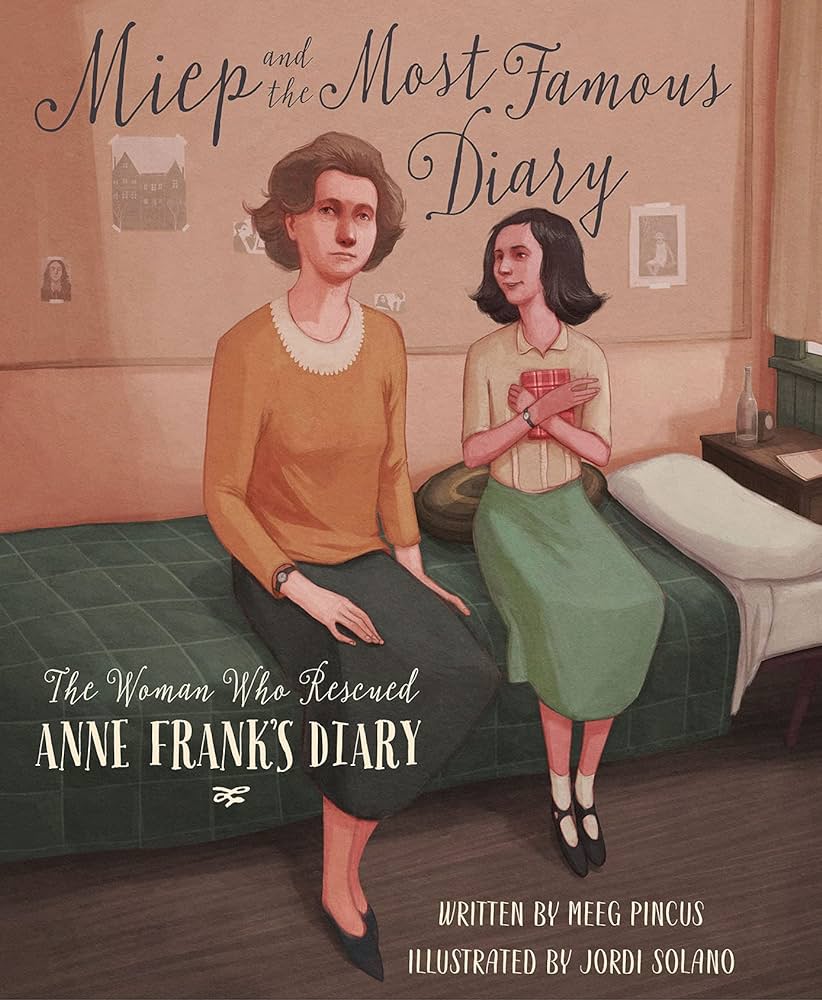
The Power of One Book
Look at the power of one book and its influence on the world. Miep and the Most Famous Diary: The Woman Who Rescued Anne Frank’s Diary by Meeg Pincus. This Best of 2019 Kids Books - Most Inspiring Category title flips this books story to tell about the holder of that book, the one who rescues.
Amazon shares, “The story of Anne Frank and her diary is one of the world's most important and well-known, but less is known about the woman who sheltered Anne and her family for years and, ultimately, rescued Anne's diary from Nazi clutches. Miep Gies was a woman who rose to bravery when humanity needed it and risked everything for her neighbors. It is because of Miep we know Anne Frank--and now, this is Miep's story.”
When we peek inside, the images are powerful as well. So, once we see the potential of one book, it's easy to view those shelves in the library with new eyes and notice all the learning potential that awaits us. It's right here, at the ready, and ready to use.
Librarian-Teacher Experiences
When librarians and teachers collaborate and create unique book experiences, learning opportunities, voice and choice lessons, adventures in reading, and writing workshops, it makes a huge impact on learners well into their futures.
Right now, authors and publishers have put teacher guides to assist librarians and classroom teachers like those at Sleeping Bear Press, that host reading comprehension questions: https://bit.ly/Sleeping-Bear-TG. We can create Explore Panes to post and share these among all teachers.
Librarians and teachers alike can read, review vocabulary words, and know exactly what questions to ask kids about this book experience. These ready-made questions makes collaborations easy.
One book, the Anne’s Diary changed the world, and Meeg Pincus flipped this to share how the Diary's keeper also changed our world for the better by being brave enough, going far enough, to cherish and value both Anne and her words.
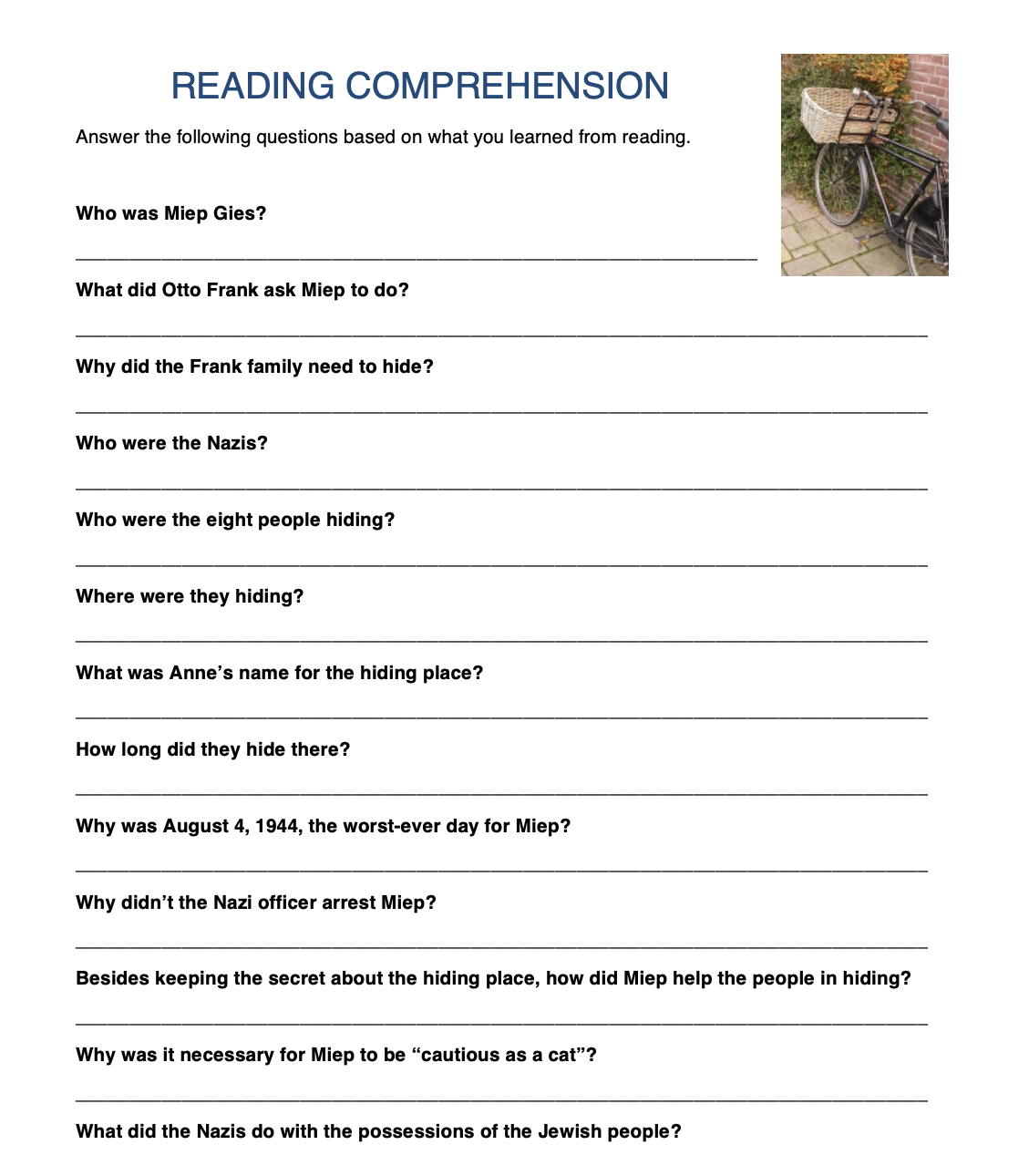
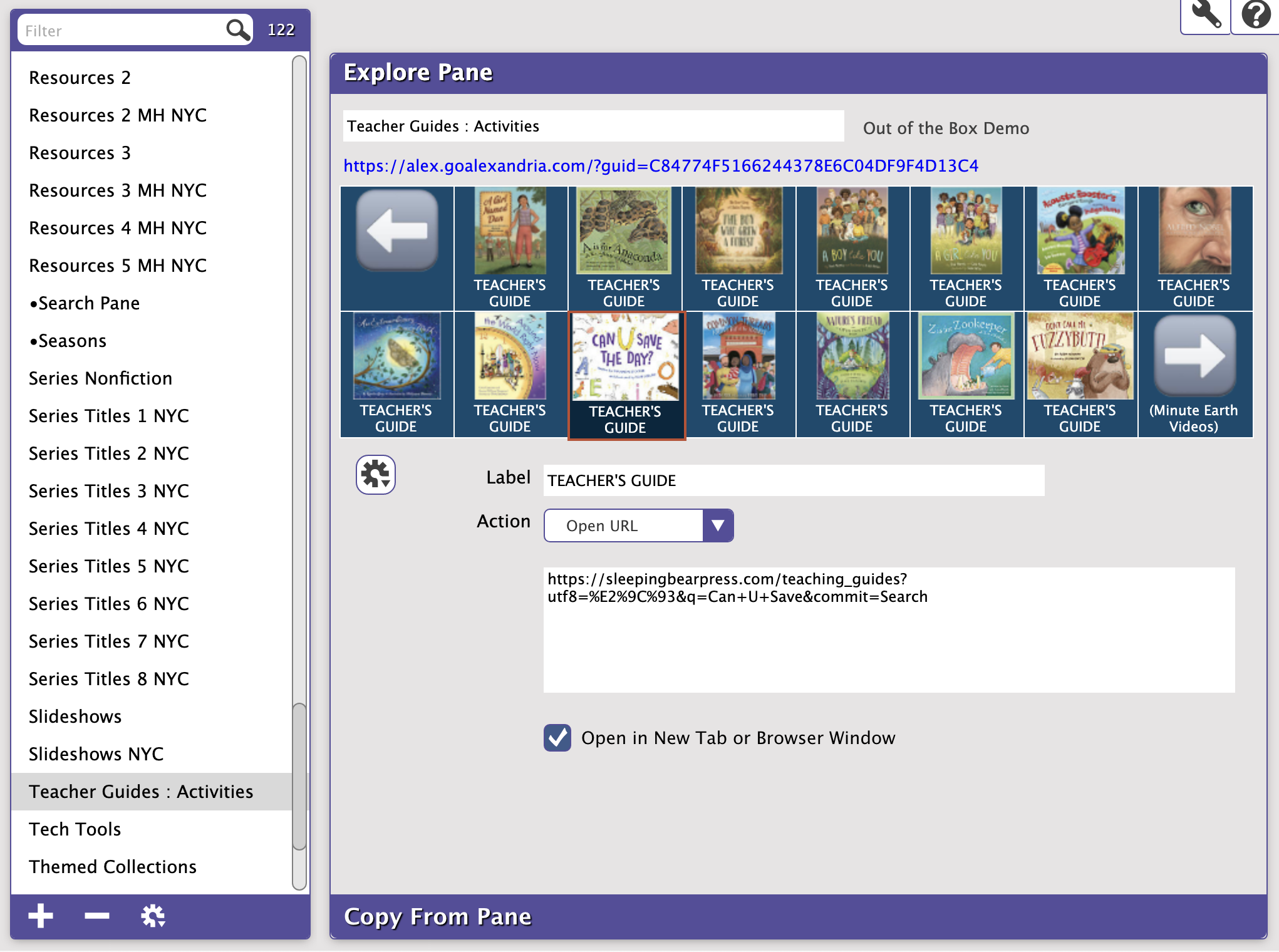
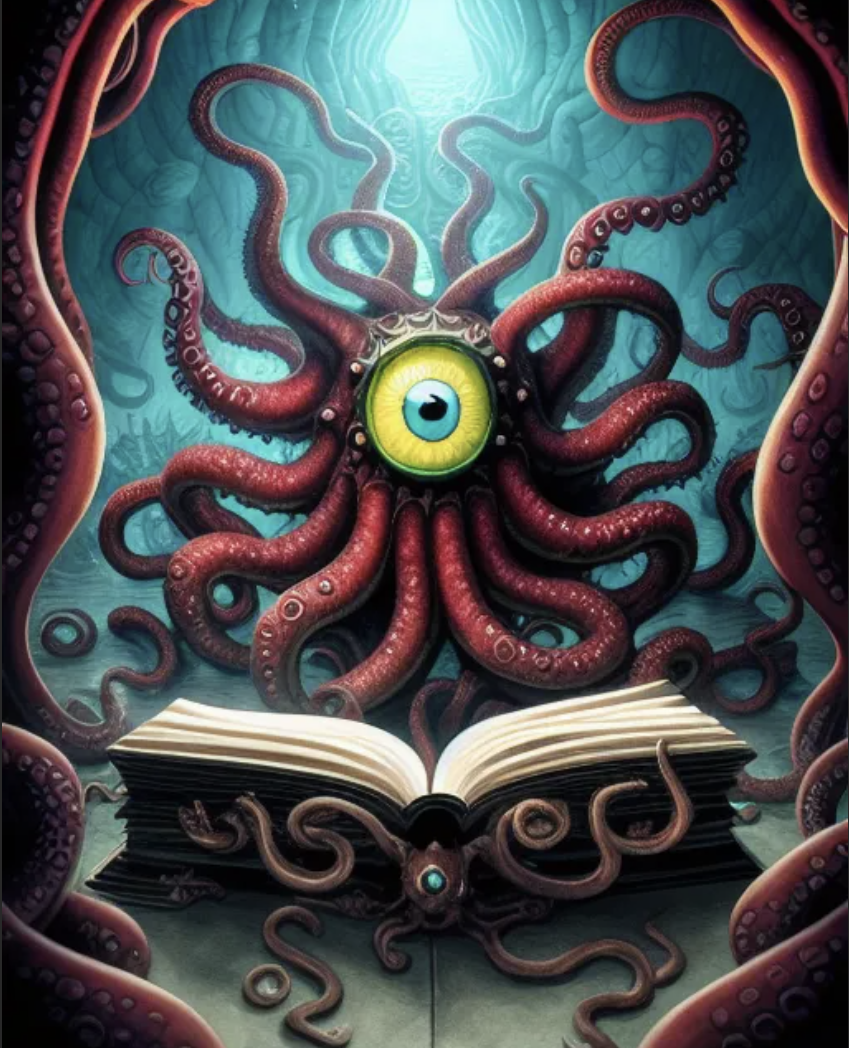
The Role of Librarians
It would be nice to think we could meet and plan and develop these unique experiences, but collaboration from teacher to librarian often happens virtually. Teachers share ideas, assessments, goals get shared and the librarians execute.
Understanding the roles of a librarians as the octopus with single-eyed focus on reading and endless arms sharing books here and there and everywhere. The best part about being a librarian is helping kids connect to good writing, great literature, and really improving their whole world (and whole life) by simply helping them celebrate the authors and books being created today.
As a teacher or librarian, we can choose to read a book and ask questions. We can set out a bunch of books by the same author and create a book tasting, giving talking points kids can do with reading—that encourages them to talk about and discuss the books and the reasons they love them.
We can also opt to take a book or a subject and let my kiddos review, research and discuss the books. We can have them read from the “hot seat” or create investigations based on the reading. The more both teachers and librarians do to create engaged learning experiences, the more students will improve.
Excite Readers, Improve Reading
Take a look at a single topic: Sharks. Maybe we read Day in the Life of Sharks: What Do Great Whites, Hammerheads, and Whale Sharks Get Up To All Day? by Carlee Jackson and Neon Squid or we might flip this to explore the scientist by reading Shark Lady: The True Story of How Eugenie Clark Became the Ocean's Most Fearless Scientist by Jess Keating.
Then, we can collaborate with the author and publisher and have kids do some of the activities featured in the Sourcebook’s Activity Kit. https://bit.ly/Shark-Lady-Fun or we can create our own Scavenger Hunt for this book.
In doing this, we collaborate with ELA to coach or reteach some of the learning happening in class in the library.
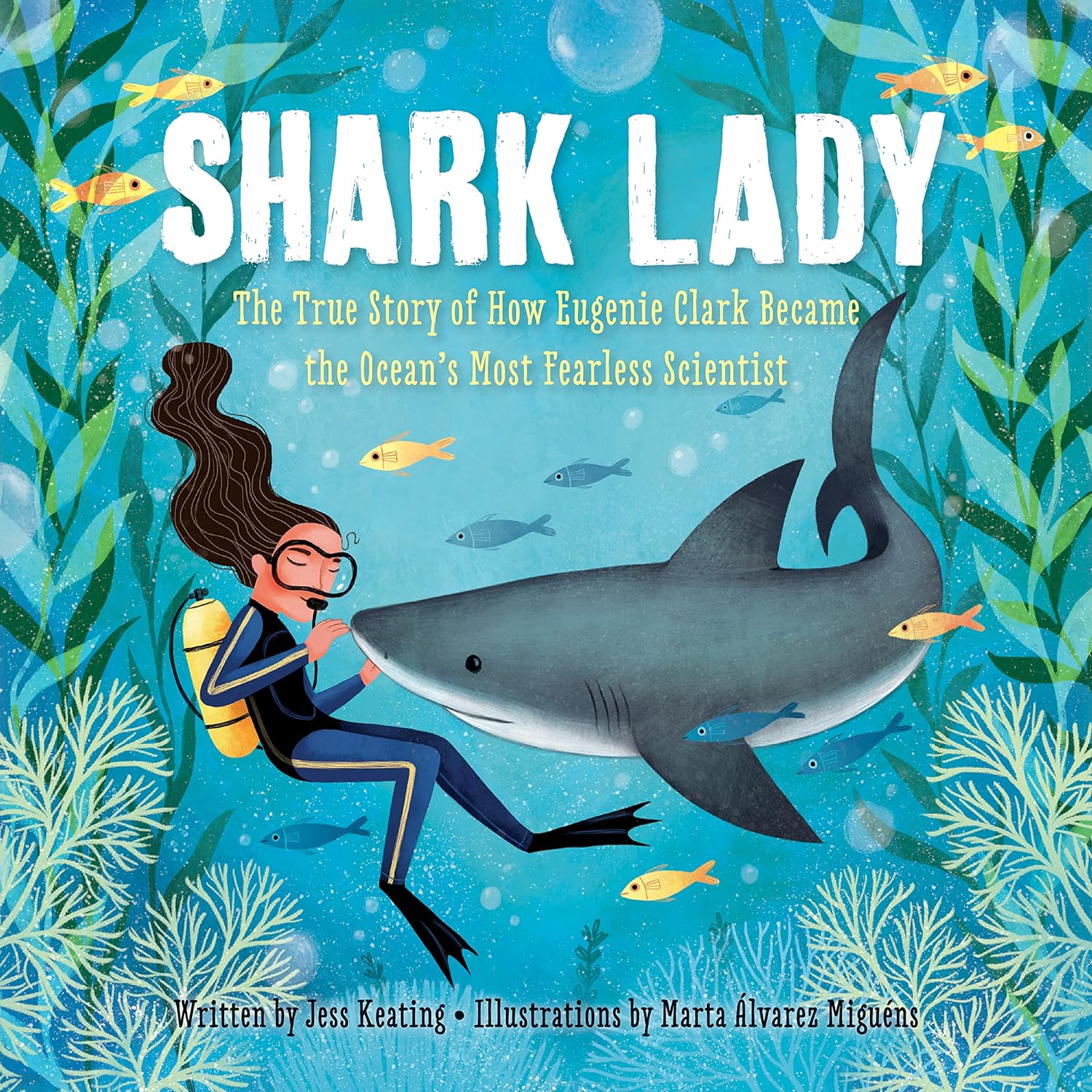
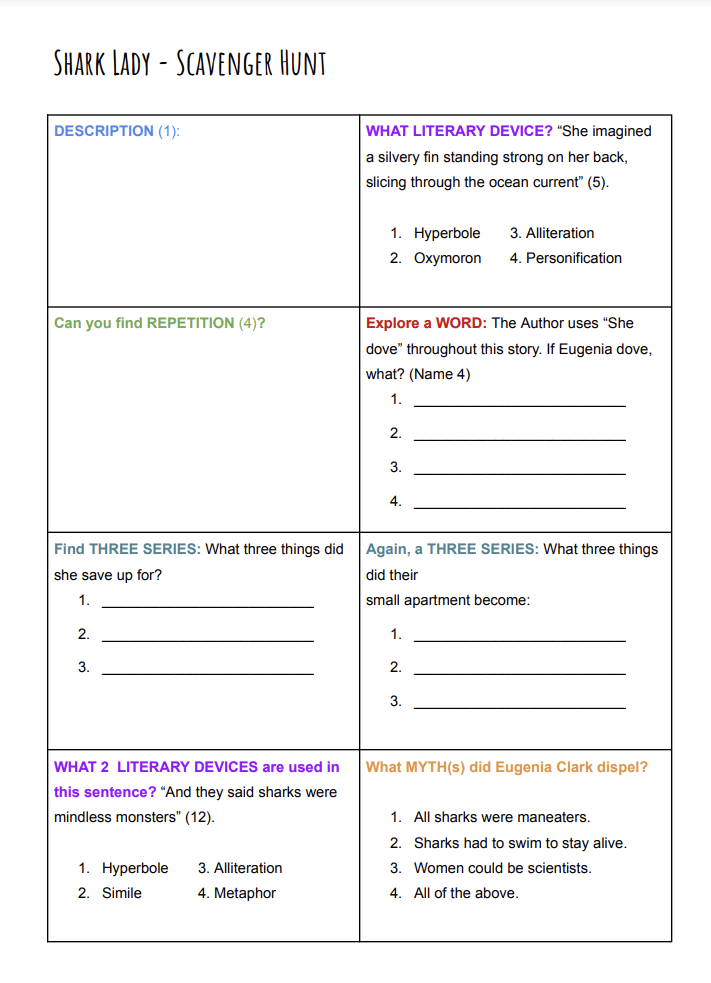
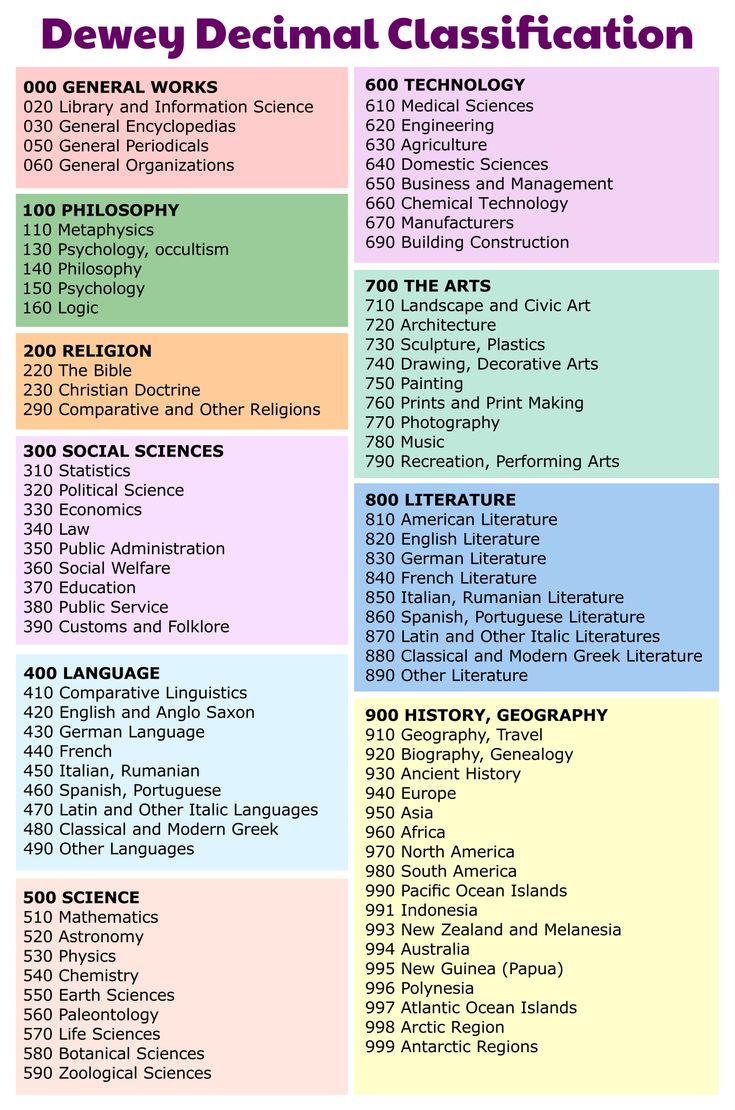
Benefits of Collaboration
True advantages for initiating librarian-teacher collaboration is to improve reading, information literacy, critical thinking, research skills among students, and prepare high schoolers for collegiate success.
It helps everyone to pull the rich narrative nonfiction out of Dewey into a new classification: Real Stories. Doing this in two areas is ideal: a picture book section and a junior or middle grade section.
Why? Because we enjoy books and movies and nonfiction collections remain an important asset for improving reading. “Nonfiction develops and extends vocabulary, builds a repertoire of background information, and helps the child make connections to the natural world” (Laminack, 2022). When we do this—even when a librarian is not present in the library, it is possible for teachers and students to know exactly what books would be most recommended in nonfiction and it encourages using these to improve reading.
Inspire Continued Reading
We can improve a whole school district and position students for success by reclassifying a library. We streamline efficiencies, help students learn the sections of our library, and coach them on good writing, researching and ownership of voice.
Serialize the collection: In any library, we can be serialize the entire collection, which means creating that student-centered library that gives readers the books by series or by the characters they love.
Create Real Story section: We can pull and feature the best of the best in narrative nonfiction into their own section, much like we do graphic novels. This s an easy way to help teachers select a book to read in class or support programs and units they will feature throughout the year—without the need to chase your down, email, or look anything up.
Showcase Leveled Readers: We can also pull out and display leveled readers to support our students just learning to read. Plus, once serialized, we can inspire students to read one book and be inspired to read all books in series, which really instantly promotes reading as well. Too often these get lost when placed in with picture books.
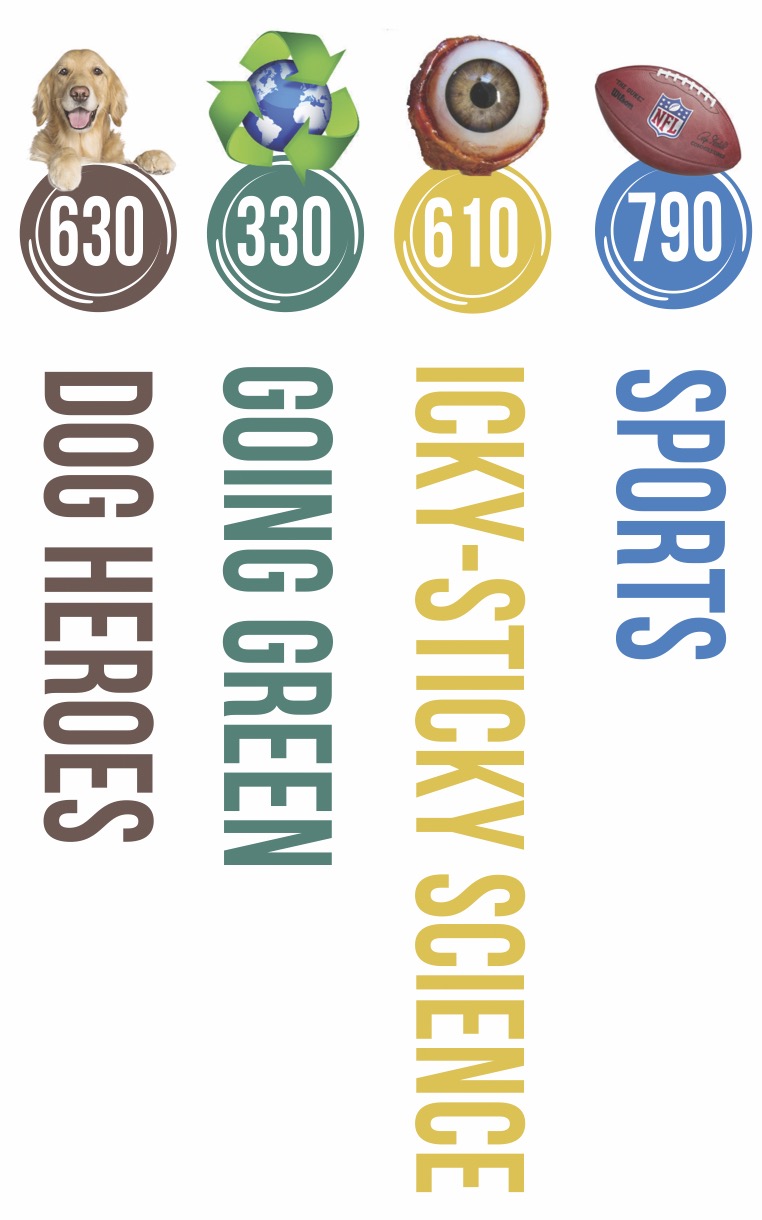
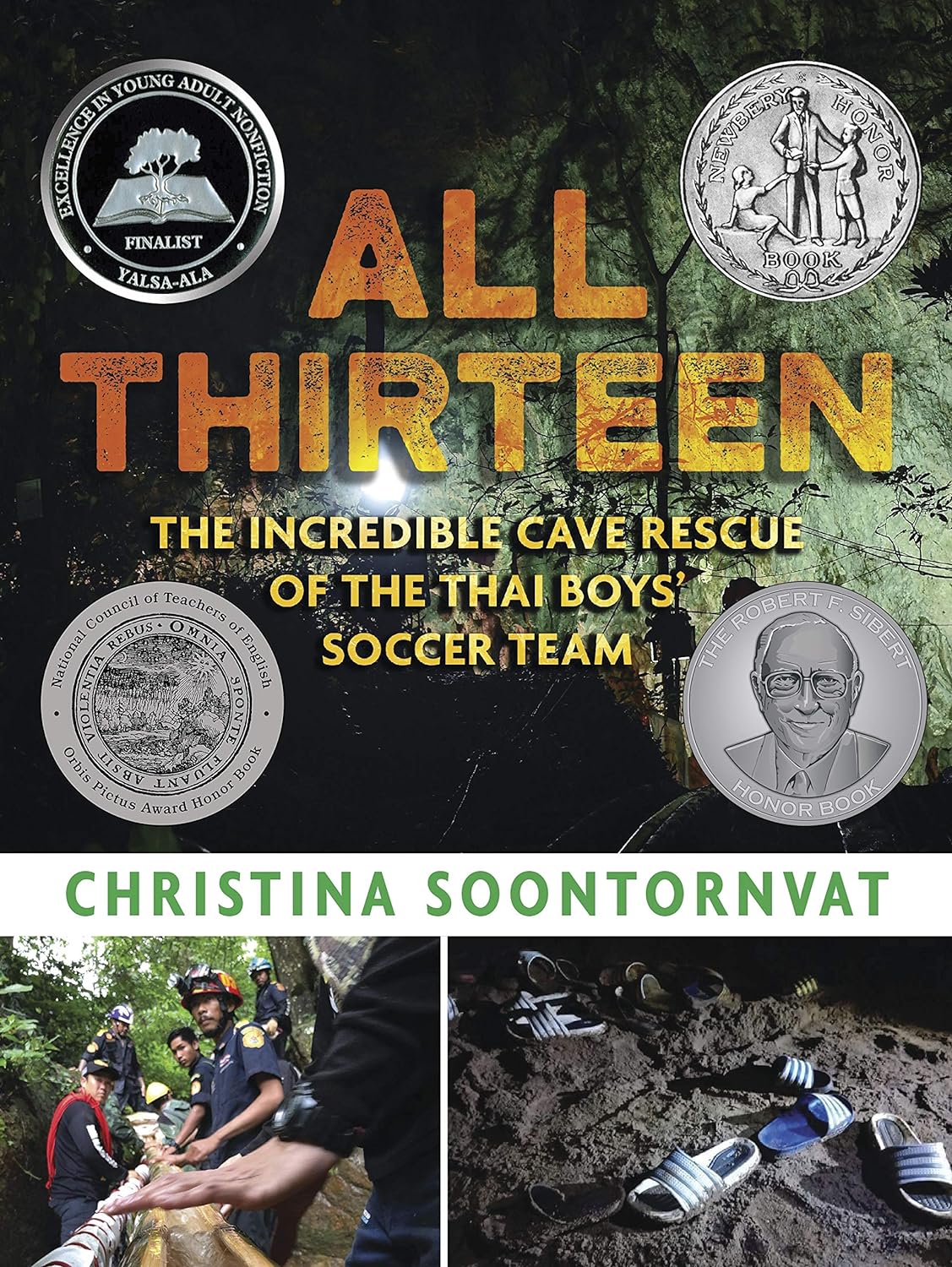
Cross Curriculum Collaborations Offer Beneficial Rewards
As librarians, we become reading teacher meets literacy coach for the school, or can be. One great idea is to be the coordinator of programs and learning. You can, for example, connect with the science teacher during a study on Earth’s systems: volcanoes, karst caves, land formations and shifts, and read All Thirteen: The Incredible Cave Rescue of the Thai Boys' Soccer Team by Christina Soontornvat, a Newbery Honor, Robert Sibert Honor, Orbis Pictus Award Honor, and Excellence in Young Adult Nonfiction Award title—and the perfect book for exploring achieving something against all odds.
This took very little effort (sync up dates) to coordinate but the rewards were huge. In science, students study of Karst Caves, the type of caves that flood caves, and learn in more detail how and why the soccer players get unexpectedly trapped. Students can then analyze the team’s rescue, fully explore it and not only understand it but be able to offer up their own ideas. Learning the scientific details helps students apply their knowledge and generate ideas to how these boys might ultimately get rescued. It boosts critical thinking. This more in-depth explore makes in-class discussions far more dynamic.
Practical Strategies for Collaboration
How will we provide actionable strategies for fellow librarians, curriculum leaders, specialists, and teachers to initiate and maintain effective collaborations with whole district to support key initiatives?
For our Reading exploration of the All Thirteen event, it could have stopped there. We collaborated with Science and that was great. But we didn’t.
We could also collaborate with ELA and merge English and reading and apply this text to real life and technology. We used GimKit Ink and asked the students to read and article about this rescue and report back to the class. We also posted these on GimKit as shares so all kids could expand their knowledge of the event. Then, we asked kids to create and write their own GimKit challenges during the reading of this book: Example: https://bit.ly/All-Thirteen-quiz
We could take advantage of comparing and contrasting a text to a video (RI.7.7), a state standard requirement, while read the book. We read the book up to the final days of the rescue, and then flipped to watch the extraction event as an online video documentary. Link: https://bit.ly/Compare-Text-Video
What was extraordinary about creating this STEM and ELA mash-up was that kids knew the answers to the Newsela article before I had even finished reading the questions. Plus, this opened a conversation about what it feels like to be a researcher on a specific event or topic.
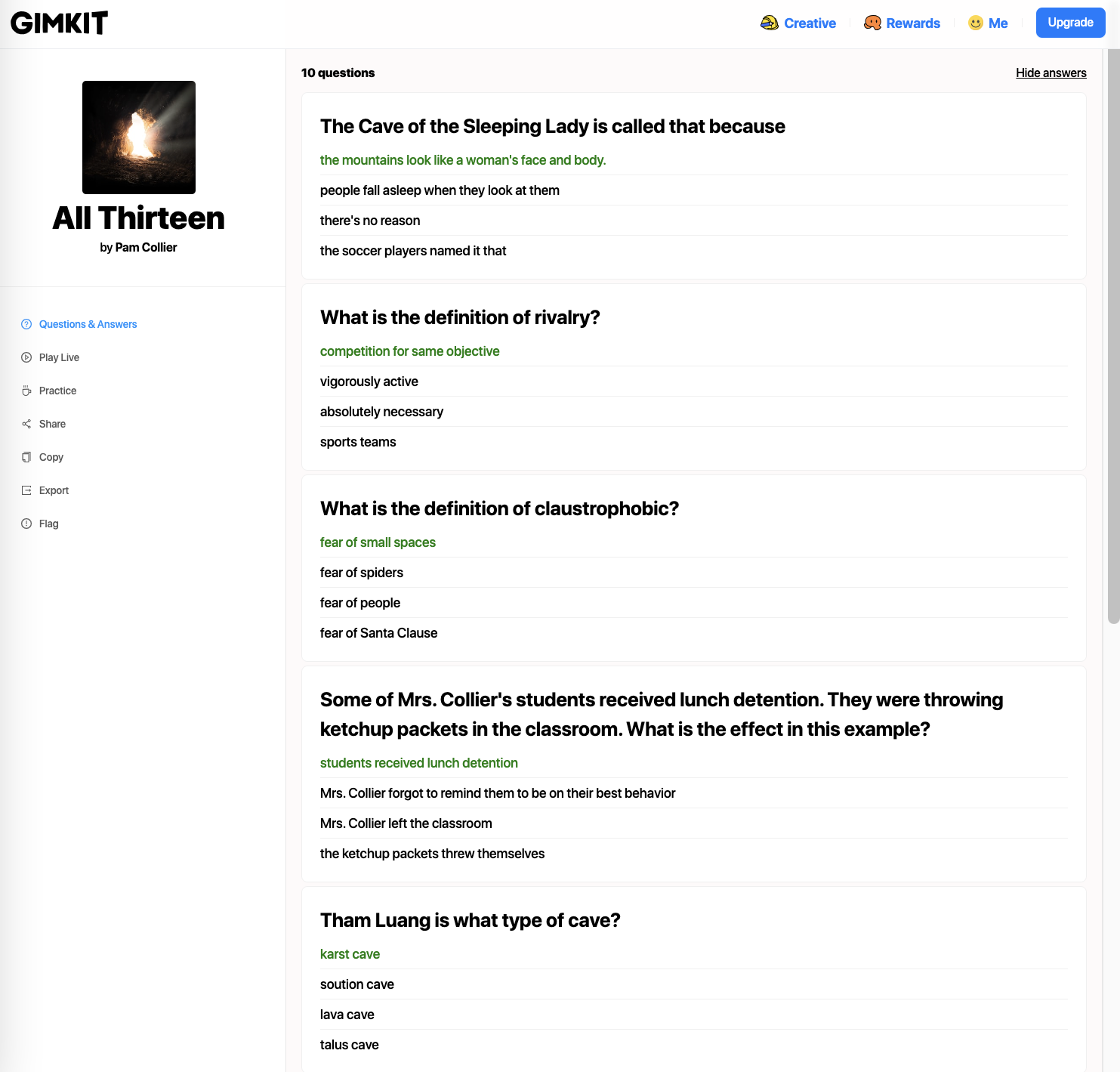
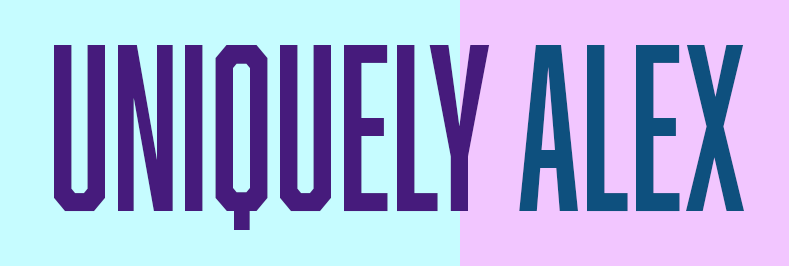
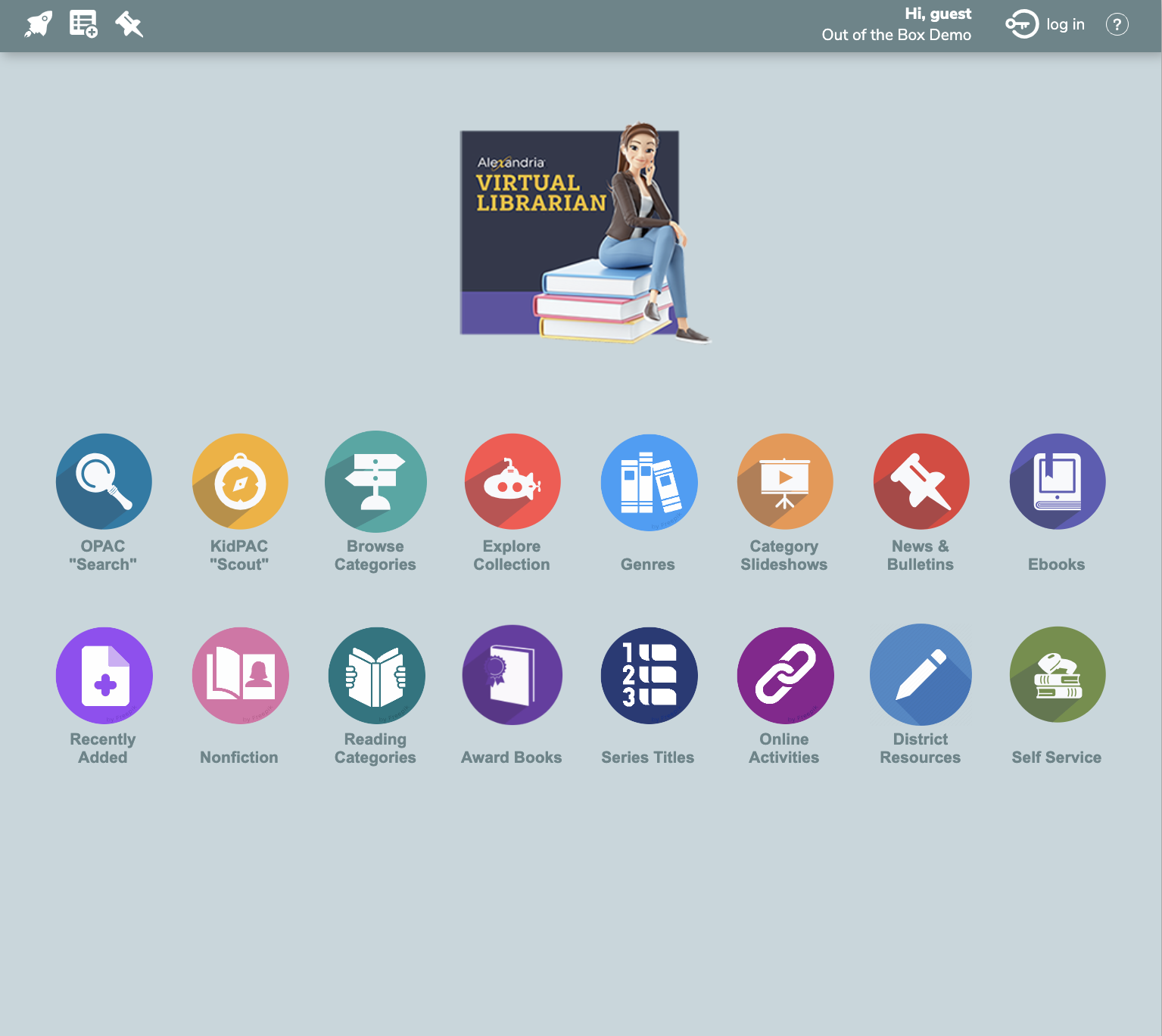
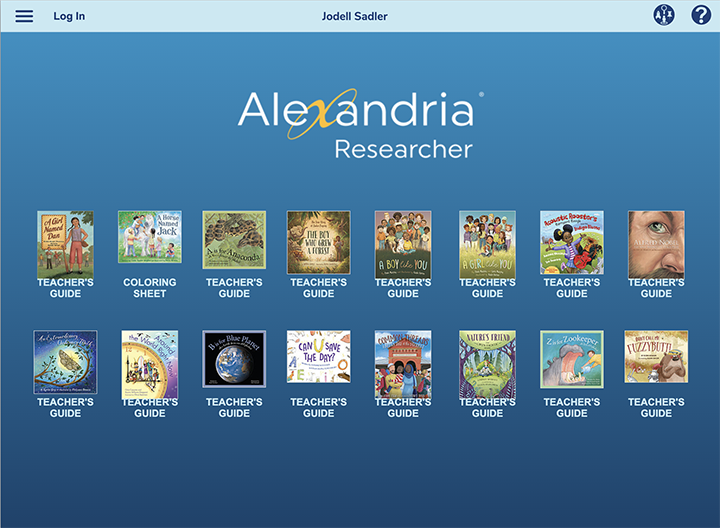
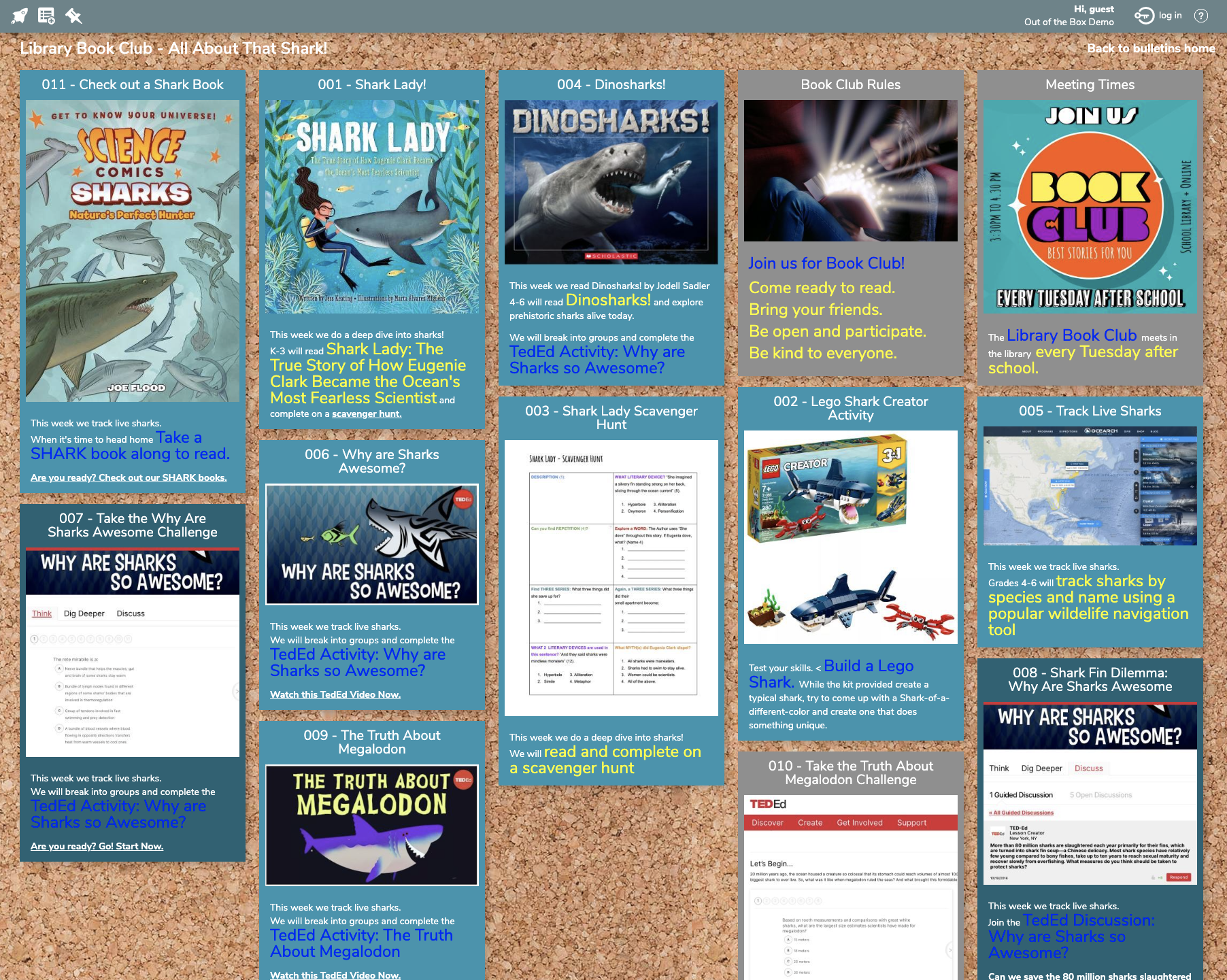
Library Resources for Classroom Integration
How can librarians support teachers in incorporating library resources into the curriculum, showcasing specific resources that can enhance classroom learning?
For me, a great library system will support teachers and student by providing great ways to share in this kind of in-depth exploration. It will also provide the many ways it can be hosted and shared online for all collaborators (teachers and librarians and students) to have access to the material.
This happens in ALEX. The many collaborative ways are Uniquely Alex. Really.
As a librarian, we can learn what is on the teaching agenda by the grade and can create shareable Explore Panes that can be sent to whole grade-level teams. Perhaps, the Reading Specialist is doing a One School-One Book Read and reading a new story each month. We can share, not only the book cover, we can link it to a teacher’s guide that furthers each classroom’s experience for each book title.
What we know is that these can share the title and Teacher’s Guide—or they can share dates for these expected reads. This help open new conversations about books and learning at lunch, recess, and in other classes.
But you can also create a Bulletin Board for this as well. It might share this panel (which is linkable by a single, shareable URL), the book covers, summaries, book trailers, and activities/teacher’s guides. This same-similar concept helps guide student activities in the library, within the district, and inside the classrooms. Librarians can allocate links to approved activities: in general or by the grade-level that give kids somewhere to go and further activate learning when the classroom activities have been completed.
Librarians have been sharing these as District Resources or Online Activities & Games.
IF WE ARE GOING TO UNLOCK STUDENT SUCCESS, we collaborate and do the small things that will make a huge impact on learning. There are so many great books the library houses. And while it only takes one book to change a child’s life, when we have a whole library filled with books, we can do so much more than we ever thought possible. Not by getting bogged down with meetings, but by seeing the librarian-teacher collaborations as a way to these create dynamic and engaging book experiences. When we do this, our potential to improve the educational experience and improve reading district wide cannot be undervalued.


